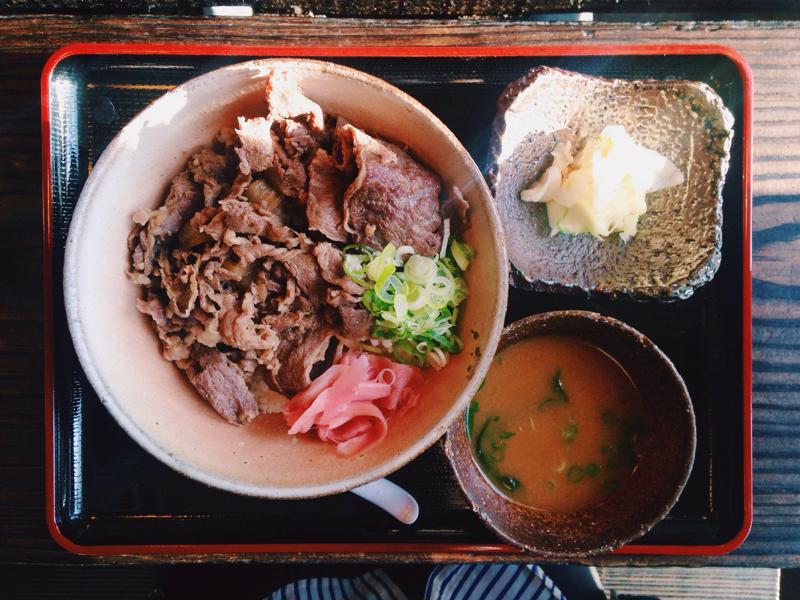Edible seaweeds are a feature of many cuisines. These marine algae contribute unique taste and texture, and they are often full of nutrients like fiber and iodine. For anyone working toward a culinary arts certificate online, it’s a good idea to try out the possibilities of a few different types.
1. Turn nori into chips
Nori is commonly used as a wrap in sushi, but this red algae can have other culinary applications. For instance, The Kitchn suggested turning several sheets of nori into crisps. Get started by whisking two tablespoons of powdered horseradish wasabi into a quarter cup of water.
“Nori is commonly used as a wrap in sushi.”
Fold a sheet of nori in half to make a crease. Unfold and brush the wasabi mixture on one half. Add salt and then fold the sheet closed again. Apply a little more of the wasabi water to the top before cutting the sheet into six pieces.
Repeat these steps with more nori sheets until you fill a baking sheet. Then, place the sheet in an oven set to 250 degrees Fahrenheit. Bake for up to 13 minutes, watching for the seaweed to get darker and become crispy.
2. Try kelp noodles
If you’re interested in a substitute for traditional noodles, kelp is an excellent choice. Greatist provided a simple, raw recipe that will get you started exploring the possibilities of the brown seaweed. Rinse and drain the noodles and place them in a bowl with julienned pieces of carrot and red bell pepper.
Blend together almond butter, miso paste, sesame oil, grated ginger, garlic, apple cider vinegar and half a cup of water. Combine the sauce with the mixture of noodles and vegetables and the dish is ready to serve.
3. Prepare pickled vegetables with arame
Arame is a dark brown, Japanese form of kelp that comes in long, thin strands. Combine it with pickled cucumbers, as in directions provided by Bon Appetit, for a delightful side. First, cut two English cucumbers into pieces about a quarter-inch thick and toss them with salt.
After 10 minutes, drain and rinse the cucumbers, squeezing the pieces to eliminate as much moisture as you can. Cover the arame with warm water for about five minutes. When it becomes soft, drain and squeeze. Combine rice vinegar, rice wine and agave syrup with a whisk.
Mix together the cucumbers, seaweed and dressing. Top off with toasted sesame seeds before serving.
 MIso soup is an excellent opportunity to feature edible seaweed.
MIso soup is an excellent opportunity to feature edible seaweed.4. Feature wakame in your soup
Soup is another tasty way to enjoy seaweed, and in particular the delicate wakame. Serious Eats suggested making the subtly sweet ingredient part of your next batch of miso soup, along with additional flavoring from the kelp kombu. Before cooking, soften your wakame by placing it in cold water for 15 minutes.
Set the dried kombu in saucepan and cook over medium heat for six minutes.Then, take out the kombu and add katsuobushi – the dried, fermented and smoked pieces of slapjack tuna commonly known as bonito flakes. Bring to a boil and then simmer for seven minutes to prepare the dashi, or miso soup base.
Position a fine-mesh strainer over a bowl and pour the dashi through. Then, move the dashi into a saucepan. Drain the wakame, add it to the pan with pieces of silken tofu and place over medium heat.
Form a paste by whisking a little of the dashi with a tablespoon of mild miso and two tablespoons of a dark miso in a separate bowl. Take the dashi off of heat and stir in the paste. Serve the soup with a garnish of scallions.
After you’ve given these recipes a try, find some other ways to incorporate seaweed into your dishes. Students in culinary academy will find many intriguing uses for aquatic plants.


